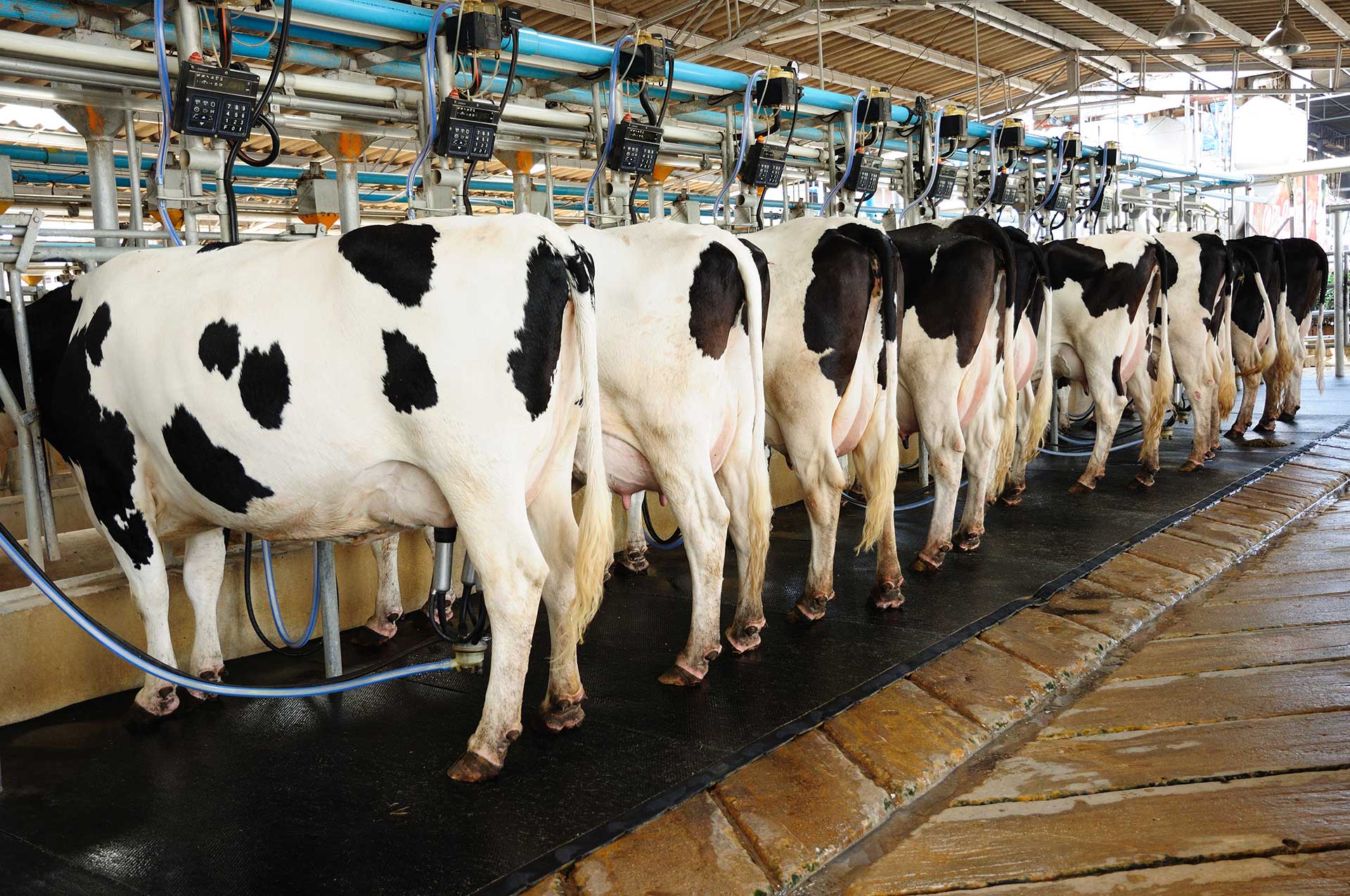Standard Plate Count Testing in Milk
The Standard Plate Count (SPC) test is a fundamental microbiological method used to determine the total viable count of bacteria present in milk. This test plays a critical role in ensuring food safety and quality, particularly for dairy products such as fluid milk, cheese, yogurt, and other fermented dairy goods. The SPC test measures the number of colony-forming units (CFUs) per milliliter (mL) of liquid or semi-solid samples.
The process involves diluting a sample of milk with a suitable nutrient broth to reduce the concentration of bacteria so that colonies can be counted accurately on agar plates. The diluted milk is then incubated under controlled conditions, allowing the bacteria in the sample to grow and form visible colonies on the agar medium. The number of colonies formed is directly proportional to the original bacterial count.
The SPC test helps dairy producers and processors ensure that their products meet stringent hygiene standards set by regulatory bodies such as the FDA in the United States, or the EFSA in Europe. By performing SPC tests regularly, food manufacturers can identify potential contamination issues early and implement corrective measures to maintain product quality.
The test is also essential for monitoring the effectiveness of pasteurization processes, which are designed to kill harmful bacteria and other pathogens that could cause spoilage or illness. A low SPC count indicates a successful pasteurization process, while high counts may signal issues with sanitation practices or equipment malfunctions.
In the context of agriculture and forestry testing, especially in dairy product testing, the SPC test is crucial for maintaining hygiene standards. This ensures that both producers and consumers are protected from pathogens such as Listeria monocytogenes, E. coli, or other spoilage bacteria.
The SPC test follows internationally recognized standards such as ISO 6887, which provides guidelines for the enumeration of microorganisms in food by means of the spread plate technique.
Why It Matters
The SPC test is critical for ensuring that dairy products are safe and of high quality. Regular testing helps to:
- Identify and eliminate potential contamination risks
- Maintain consistent product quality across batches
- Demonstrate compliance with regulatory standards
- Ensure pasteurization processes are effective
- Avoid costly recalls due to spoilage or contamination incidents
Bacteria present in milk can cause several problems, including:
- Rapid spoilage of dairy products
- Health risks for consumers, especially vulnerable groups such as infants and the elderly
- Economic losses due to product recalls and reputation damage
The SPC test provides a quantitative measure that helps food manufacturers monitor these risks. By tracking bacterial counts over time, producers can identify trends and take corrective actions when necessary.
Industry Applications
| Application Area | Description |
|---|---|
| Dairy Product Quality Control | Evaluating the microbial quality of raw milk and processed dairy products |
| Pasteurization Effectiveness Monitoring | Confirming that pasteurization processes are effective in reducing bacterial loads |
| Risk Management for Contaminants | Identifying potential contaminants such as pathogenic bacteria |
| Supply Chain Assurance | Ensuring the quality of milk and dairy products at each stage of production |
| Bacterial Species Targeted | Description |
|---|---|
| Lactobacillus | Beneficial bacteria that contribute to the fermentation process in dairy products |
| Pseudomonas | Pathogenic bacteria that can lead to spoilage and foodborne illness |
| Bifidobacterium | Beneficial bacteria associated with gut health, also present in some fermented milk products |
| Saccharomyces | Fermentative yeast used in certain dairy-based foods and beverages |
The SPC test is widely used across the agriculture and forestry sectors, particularly by dairy farms, processing plants, and distribution centers. By ensuring that bacterial counts are within safe limits, these entities can maintain a high level of product quality and consumer trust.
Eurolab Advantages
EuroLab offers comprehensive Standard Plate Count testing services tailored to the needs of the agriculture and forestry sector. Our advantages include:
- ISO/IEC 17025 accreditation ensuring reliability and accuracy
- Experienced microbiologists with expertise in dairy product analysis
- State-of-the-art facilities for sample preparation and testing
- Quick turnaround times to provide timely results
- Comprehensive reporting with detailed analytical data
- Dedicated customer support for any inquiries or follow-ups
We use advanced laboratory equipment such as automated colony counters, which ensure precise counting of CFUs. Our testing process adheres strictly to international standards like ISO 6887 and EU regulations.
Our expertise in agriculture and forestry testing ensures that we provide accurate and reliable results for your dairy product testing needs. Contact us today to learn more about our services.





